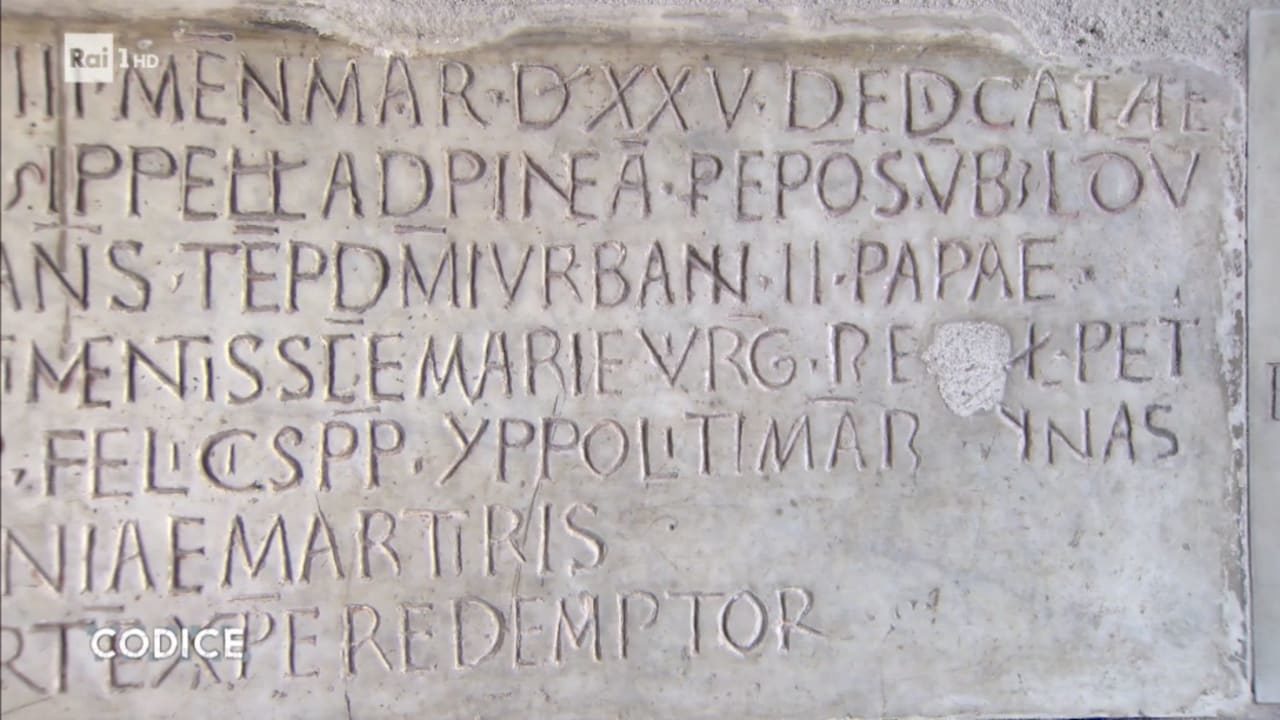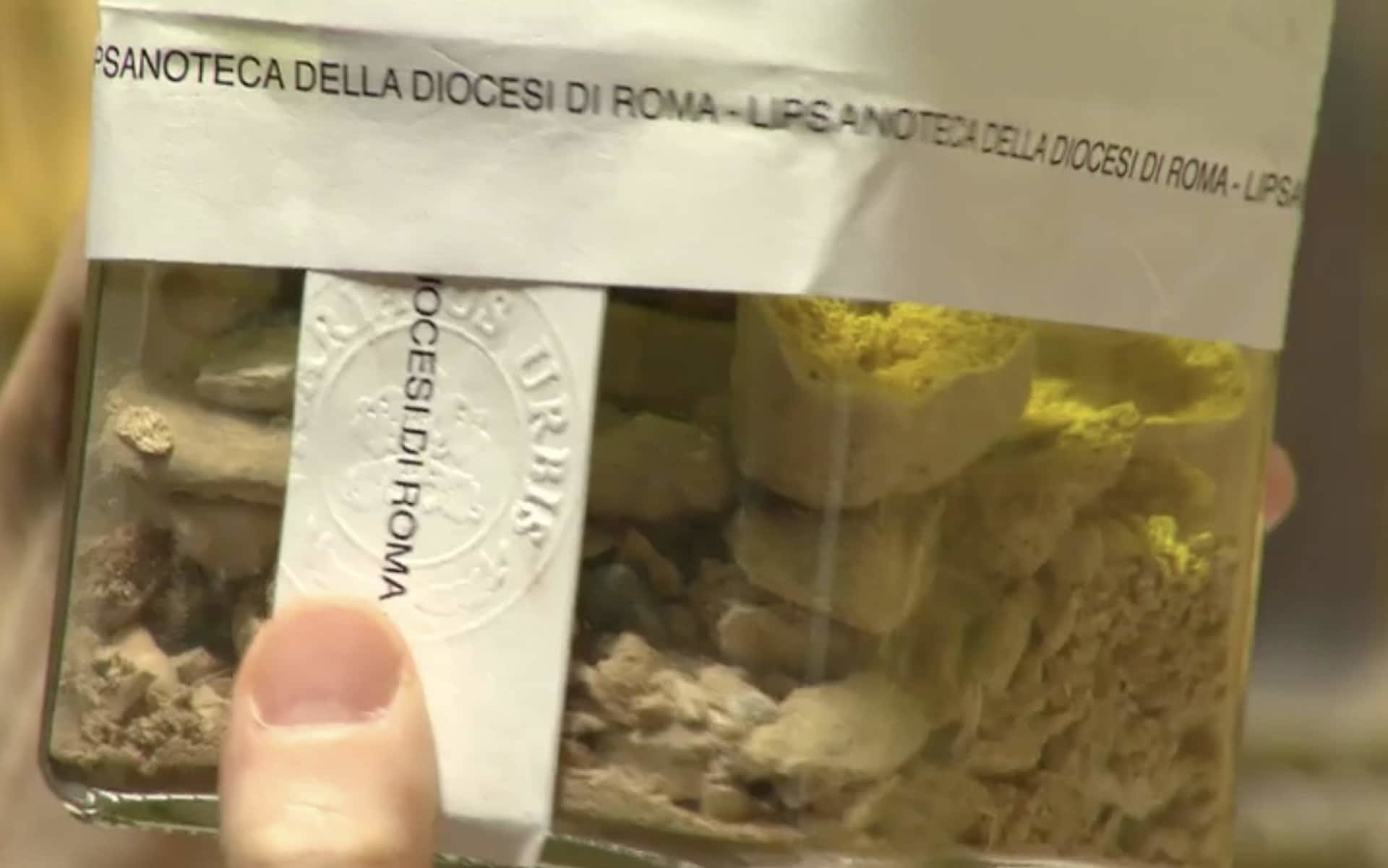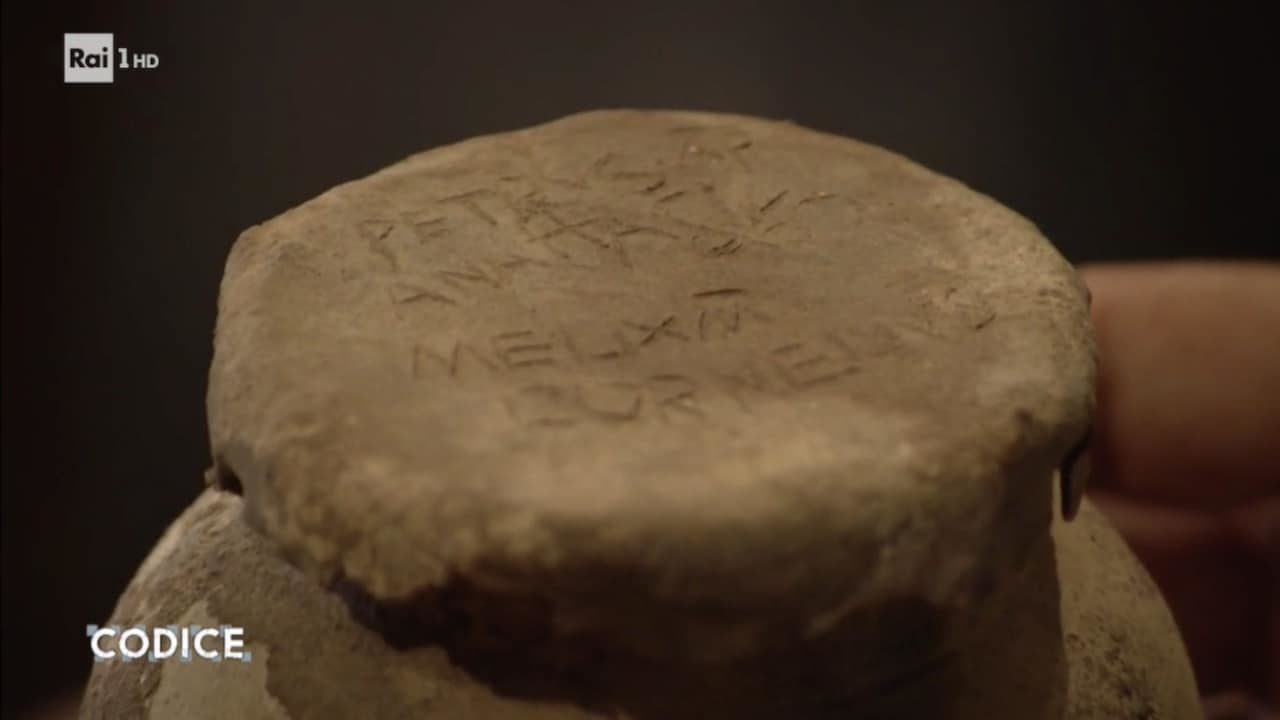The relics of the saint, who is regarded as the first Pope, were found in clay pots in the 1,000-year-old Church of Santa Maria in Cappella in the district of Trastevere, a medieval warren of cobbled lanes on the banks of the Tiber River.
The bones were discovered when a worker lifted up a large marble slab near the medieval altar of the church, which has been closed to the public for 35 years because of structural problems.
He came across two Roman-era pots with inscriptions on their lids indicating that inside were not only bone fragments from St Peter but also three early popes - Cornelius, Callixtus and Felix - as well as four early Christian martyrs.

It had been known for centuries that the relics might exist - they are recorded on a stone inscription in the church, which claimed they were kept alongside a fragment of a dress worn by the Blessed Virgin. But until now, the relics had never been found.

A Vatican spokesman said it was too early to comment on the discovery.
It is not yet known how or why the relics came to be interred in the Church of Santa Maria in Cappella, which was consecrated in 1090.
One theory is that they were transferred there from the Vatican by Pope Urban II at a time of schism within the Catholic Church.

Conventional wisdom has it that St Peter was crucified, upside down, in Rome in the first century AD.
His remains were interred in a tomb on the Vatican Hill, where the Emperor Constantine later built a church, which in the 16th century was replaced by the current imposing basilica.
During excavations under St Peter's Basilica that began after the Second World War, archaeologists discovered a funerary monument with a casket built in honour of Peter and an engraving in Greek that read "Petros eni", or "Peter is here".
The remains were forensically examined in the 1960s, with experts concluding that they belonged to a man in his early sixties who lived in the first century AD. That was proof enough for Pope Paul VI, in 1968, to declare them the bones of St Peter.
During a Mass in 2013, Pope Francis publicly unveiled the bone fragments, reviving the debate over whether they really belong to the first pope. It was the first time the nine pieces of bone, encased in a box inside a bronze display case, had ever been exhibited in public.
Federico Lombardi, the then Vatican spokesman, said there was a "serious possibility" that the bones were from St Peter, "but we don't go beyond that".






Grind up some old pope bones, a little monoatomic gold, then add some new young child's blood and you have their self-proclaimed, 'Fountain of Youth'... then a One Eyed horned salute to Baphomet and the rite is done... 'Mission Accomplished'.